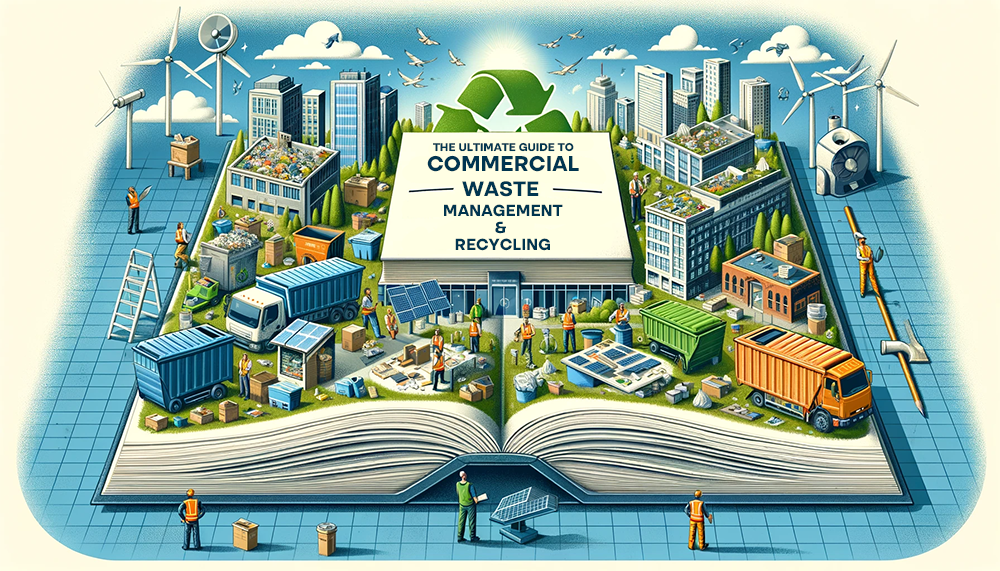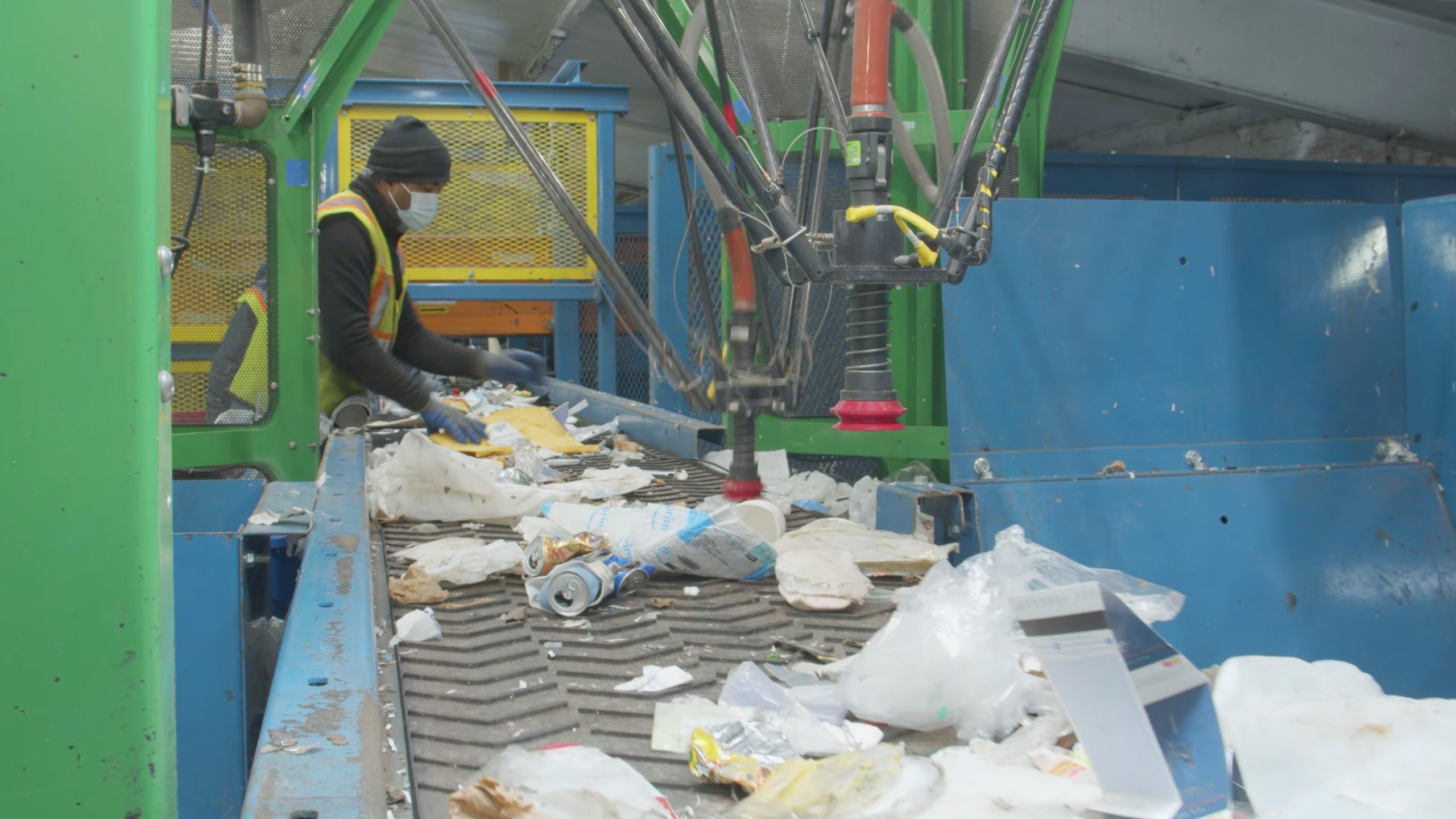The Function of Recycling Lives Services in Supporting Local Communities
The Function of Recycling Lives Services in Supporting Local Communities
Blog Article
Recognizing the Classification and Handling of Different Kinds of Waste
Reliable waste monitoring is essential for environmental sustainability, requiring an extensive understanding of the classification and handling of various waste kinds. Family waste, industrial byproducts, harmful materials, digital refuse, and natural remnants each demand unique protocols to make certain security and reduce eco-friendly damages.

House Waste
Home waste, incorporating a broad variety of thrown out materials produced from day-to-day living activities, represents a substantial component of the general waste stream - recycling lives services. This classification consists of organic waste such as food scraps, lawn trimmings, and paper items, alongside inorganic products like plastics, steels, and glass. The diverse nature of home waste demands effective classification and monitoring to mitigate ecological influence and promote sustainable living methods
Efficient home waste management starts with segregation at the source, facilitating recycling, composting, and safe disposal. Organic waste, as an example, can be composted to create nutrient-rich soil amendments, minimizing garbage dump burden and boosting soil wellness. Recyclable materials, consisting of paper, glass, and certain plastics, can be refined and repurposed, lowering and conserving sources energy usage related to new product manufacturing.
Furthermore, unsafe home waste such as batteries, digital devices, and cleansing chemicals calls for specialized dealing with to stop soil and water contamination. Public understanding projects and convenient disposal choices play crucial functions in making certain proper disposal and recycling of these materials. By applying durable waste reduction methods and cultivating community participation, communities can considerably alleviate the environmental impact of home waste.
Industrial Waste
Industrial waste, a major factor to international waste generation, encompasses a diverse range of materials created by production, building and construction, and various other commercial tasks. This group consists of byproducts such as scrap metal, plastics, rubber, chemicals, and other deposits. The make-up and quantity of industrial waste can differ dramatically depending upon the sector and manufacturing processes involved. Effective administration of hazardous waste is essential for minimizing environmental influence and advertising sustainable techniques.
The handling of hazardous waste normally includes several procedures: collection, segregation, disposal, and treatment. Collection systems are designed to efficiently collect waste materials from various sources within an industrial operation. Partition is vital, as it guarantees recyclable materials are divided from non-recyclable ones, which can be guided in the direction of suitable recycling or disposal networks. Treatment procedures, including physical, chemical, and organic techniques, are employed to lower the toxicity, quantity, and environmental impact of the waste. Disposal techniques like landfilling or incineration are used for waste that can not be reused or dealt with.
Embracing methods such as waste reduction, source healing, and recycling can significantly decrease the problem of commercial waste on the atmosphere, contributing to more lasting commercial practices.
Hazardous Waste

Corrosive wastes can harm or ruin living products and tissues. Combustible wastes can quickly ignite, presenting fire risks, while responsive wastes can cause surges or release hazardous gases upon contact with various other substances.
Reliable dangerous waste monitoring includes numerous essential practices: recognition and segregation of unsafe products, risk-free transportation and storage space, and proper treatment and disposal. Treatment techniques may consist of chemical incineration, stabilization, and neutralization. Regulatory conformity is necessary, assisted by structures such as the Resource Preservation and Recovery Act (RCRA) in the United States, which makes certain safe and ecologically audio monitoring of dangerous waste.
Digital Waste
Digital waste, frequently abbreviated as e-waste, represents an expanding obstacle in waste management due to the fast obsolescence of modern technology. This category incorporates a broad series of discarded electronic gadgets, including mobile phones, computer systems, this post tvs, and house anchor devices. The intricacy of e-waste exists in its make-up; these things have a combination of valuable products such as gold and copper, along with hazardous materials like cadmium, mercury, and lead.

Regulation and guidelines, such as the European Union's Waste Electrical and Digital Equipment (WEEE) Instruction, objective to advertise responsible e-waste monitoring. These policies mandate suppliers to help with the collection and recycling of digital products, therefore minimizing the burden on land fills and reducing ecological contamination.
Organic Waste
Organic waste, including biodegradable products such as food scraps, yard trimmings, and farming residues, constitutes a substantial portion of the metropolitan solid great post to read waste stream. This kind of waste is remarkable not only for its volume however additionally for its potential environmental effect otherwise managed properly. Organic waste can disintegrate anaerobically in land fills, producing methane, a potent greenhouse gas adding to climate adjustment.
Correct handling of organic waste involves a number of methods. Composting is an extensively adopted method, transforming organic materials into useful garden compost that can improve dirt and assistance lasting agriculture. This process also decreases the quantity of waste sent out to land fills. An additional approach is anaerobic digestion, which breaks down raw material in the absence of oxygen, generating biogas that can be used as a renewable resource source. Additionally, diverting food waste from landfills through contribution programs can alleviate food insecurity while reducing waste.
Municipalities and businesses are increasingly acknowledging the value of organic waste administration. Carrying out comprehensive natural waste recycling programs not only mitigates ecological effects but also straightens with wider sustainability goals, advertising a round economic climate where resources are continually recycled and repurposed.
Final Thought
Effective waste monitoring and ecological defense require a thorough understanding of the classification and handling of different waste kinds. Home, commercial, dangerous, electronic, and natural waste each need distinct treatments for segregation, therapy, and disposal. Proper administration minimizes ecological impact, saves resources, and promotes sustainability. Implementing proper methods for every waste kind makes sure safe and accountable waste monitoring practices, eventually adding to the protection of ecological communities and public health and wellness.
Reliable waste monitoring is pivotal for environmental sustainability, needing a detailed understanding of the category and handling of numerous waste kinds.Household waste, including a broad variety of thrown out products created from day-to-day living tasks, represents a significant component of the overall waste stream.Industrial waste, a major contributor to worldwide waste generation, includes a diverse variety of materials created by manufacturing, building, and other industrial activities (recycling lives services).Hazardous waste, a vital worry in waste administration, makes up materials that pose significant risks to human wellness and the setting due to their poisonous, destructive, flammable, or reactive buildings.Organic waste, incorporating naturally degradable materials such as food scraps, yard trimmings, and farming deposits, makes up a considerable part of the community solid waste stream
Report this page